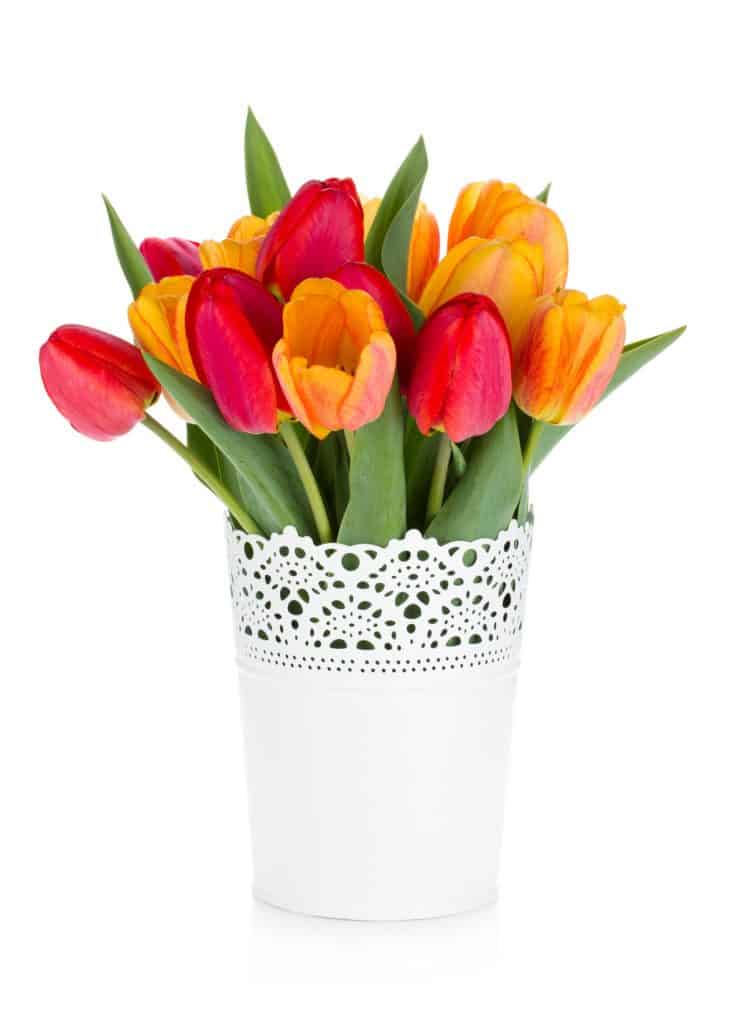

An increasing number of Americans are turning to massage therapy to support their quest for health. As supply rises to meet the demand for talented practitioners, this growing trend favors therapists who incorporate multiple strategies to achieve their clients’ goals. Although chromotherapy may not have been given much priority within the confines of a traditional massage therapy education, this vibrational healing modality is easily incorporated into a bodyworker’s practice.
Light is electromagnetic energy, and it affects us in many different ways. Conventional medicine uses light therapy to treat an array of conditions:
- Phototherapy directs ultraviolet light to the skin for treating acne and psoriasis.
- Blue light is used to treat hyperbiliruminemia, a liver condition in premature babies.
- Full spectrum light is used to treat Seasonal Affective Disorder (SAD).
- Light is incorporated into sleep disorder treatment based on its affect on melatonin production.
Color is a form of visible light. Each color represents a different wavelength that vibrates at a unique speed and frequency:
- We perceive color because an object either reflects or absorbs various wavelengths.
- White reflects all wavelengths and absorbs none.
- Black absorbs all wavelengths and reflects none.
- We see an object as a specific color because it absorbs all the other wavelengths and reflects its own. For example, a red object absorbs all other wavelengths and reflects red.
Chromotherapy
Chromotherapy, also known as color therapy, is a type of vibrational healing modality that employs the characteristics of each light’s wavelengths. Our body’s organs and glands also vibrate at specific frequencies. Color therapy is based on the understanding that specific frequencies of the color spectrum match the frequencies generated by our bodies. By encouraging resonance between a color’s vibration and the human body, colors can aid in recalibrating an imbalance by restoring the ‘out-of-sync’ organ or gland into its proper vibrational frequency.
According to Jacob Liberman, MD, a teacher at the London Centre of Vibrational Medicine in London, Ontario, Canada, color has been used for treating illness throughout history. The first two colors of the rainbow also have the longest wavelengths in the visible spectrum – red and orange.
Red
With the lowest rate of vibration, red is used in chromotherapy to:
- increase energy
- increase circulation
- help build up the blood
- ease pre-menstrual syndrome
- increase blood pressure
Orange
With the next lowest vibratory rate, orange is used in chromotherapy to:
- support digestive health
- relieve hiccups and flatulence
- stimulate the thyroid gland
- improve oxygenation in the lungs
- ease depression
Bringing Red and Orange into Your Massage Practice
Incorporating color therapy into a session can be overt or subtle. Some suggestions include:
- Colored sheets
- Artwork in the treatment room highlighting a predominant color
- Guided imagery emphasizing color
- Colored light filters
Red and orange are both energizing, active, circulation-enhancing colors. Because they may make it difficult to relax, most massage therapy practices would not paint walls or carpet floors in these colors. However, clients who are fatigued, anemic, depressed or full of stagnation are likely to benefit from red or orange accents in the treatment room. In addition, encouraging a meditation using red could help an exhausted client with severe menstrual cramps. A meditation that involves focusing on the color orange can be therapeutic for a client with constipation, flatulence or asthma.
Colors can impact our physiology. By carefully assessing their clients’ health and incorporating chromotherapy into their practice appropriately, massage therapists can bring an additional dimension of healing to the people they lay hands on.















